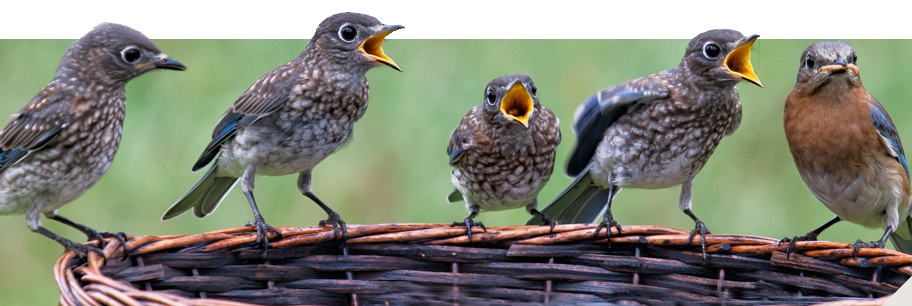 Photo ©
Glenda Simmons
Photo ©
Glenda Simmons
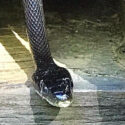
NestWatch Data Aid in Snake Study
The latest research paper to include NestWatch data is not your average avian study. Your data contributions were recently put to use in an examination of gray ratsnake climbing behavior. The study authors were interested in which factors correlate with ratsnake climbing forays, and they wondered if the timing of nests (and thus a seasonal abundance of eggs and nestlings) was an influence.
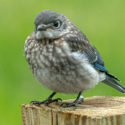
Staying Steady When Faced With Environmental Change
Researchers examined long-term demographic data from NestWatch to understand the degree to which certain species and populations might be correlated in their reproductive success. They used 21 years of NestWatch data and found little synchronization between Eastern Bluebirds and Carolina Chickadees, a result that might indicate these populations are resilient to environmental challenges.
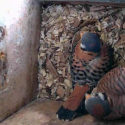
For American Kestrels, It Pays To Stay In Sync With Spring
A unique new study combines American Kestrel nest records from varied sources in order to analyze trends in nesting phenology. What they found is that for kestrels, especially those in the Northeast, it pays off to be right on time. Delays in starting a nest resulted in fewer offspring and lowered probability of success.

Chasing a Moving Target: When insects accelerate, birds must try to keep pace
You’ve heard of getting your “omega-3s”, but did you know that birds need them too? According to new research utilizing NestWatch data, insect-eating birds may struggle to get their omega-3s under climate change. Read about how nutritional peaks (i.e., insect emergences) are changing in this new research summary.
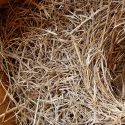
How Does Drought Affect Eastern Bluebirds?
Climate models are predicting drier conditions and more persistent droughts in North America. Thanks to contributions from NestWatchers, scientists were recently able to conduct the first range-wide analysis on the effects of drought on Eastern Bluebird breeding success.
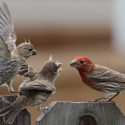
Time Traveling House Finches
A study spanning a century of House Finch data suggests that as California’s springs get warmer, the birds are laying eggs earlier in the season. Read on to learn how researchers used our nest records to uncover the historic lives of House Finches.

Monitor Nest Boxes? Take Our Survey!
If you monitor nest boxes, please take our survey to help us understand the impacts of invasive species of birds on native nesting birds.

Predator Guards Carry Their Weight
It took just four years to answer the decades-old question of “Are predator guards on nest boxes actually helpful?” With the power of citizen science, NestWatchers helped us use the best science available in a national study of cavity-nesting birds.